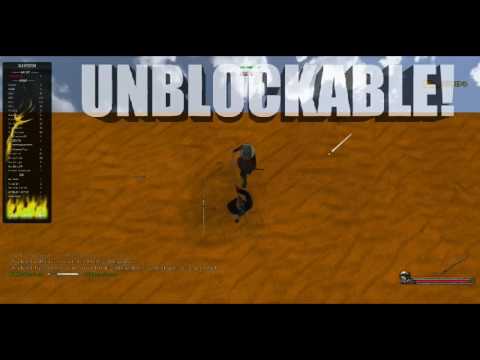

It probably started when I first heard Trout Mask Replica by Captain Beefheart. Again, just picking up an instrument and making noise of it. You'd get this sort of very staccato-sounding strangeness.

I used to use it more as a sort of noise instrument along the lines of Blurt, Ornette Coleman, that sort of style, but going through a noise gate and being triggereda side chain triggering the sax from a beat or any other sort of a rhythmical trigger. Even on the very first Meat Beat album, and even in the band I was in before Meat Beat, I used to play soprano saxophoneuntil it got stolen at a show back in the late eighties. Etcetera, etceterait's a bit of a gamut if you throw it all together. I've always liked jazz and reggae those are two of my favorite types of music, along with electronic music, like the more classical stuffmusique concrète, the stuff which came out of Germany in the fifties and France in the sixties. I did some studio work with them back in '96, so it's not so unprecedented for me to work in that sort of style. I've always liked his work I really liked it on the stuff he did with Herbie Hancock. Bennie basically was the motivation for me to attempt to pick up a bass clarinet and make some noise out of it.ĪAJ: Sure, I love his stuff in Herbie's Mwandishi band. I don't know if you know the record Actual Sounds and Voices there are a couple tracks on there which were done in the studio with Bennie Maupin and Pat Gleason, who used to do a lot of work with Herbie Hancock in the seventies. Jack Dangers: Well, I've worked on stuff like this on previous Meat Beat records. But this new one incorporates a lot more live instrumentation than older MBM recordings. It's not altogether unprecedented for you to work with other musicians "Supersoul, from your 2002 RUOK album, has some live drumming from Lynn Farmer and, I think, bass guitar from you. This is something of a departure for you in that, while its textures and beats do mark it definitely as MBM music, it's very much a group record with flutist Peter Gordon, drummer Dave King and keyboardist Craig Tabornall musicians associated to some extent with the Thirsty Ear label.

I spoke with Dangers about the new CD, his upcoming Off Centre EP, the history of electronic music (a subject about which Dangers is both a scholar and enthusiast), the future of video sampling, and more.Īll About Jazz: Let's start by talking about the new Thirsty Ear Meat Beat Manifesto CD, At the Center. The new Meat Beat Manifesto CD At the Center, released on Thirsty Ear's Blue Series, sees Dangers continuing the real-time, electric jazz explorations he began with 1998's Actual Sounds + Voices it's one of the best albums of the year in any genre. Early recordings like Storm the Studio (1989) and Satyricon (1992) got MBM tagged as, respectively, an industrial and electronica act, but Dangers has always followed his own path. After more than fifteen years recording, Meat Beat Manifesto leader Jack Dangers is something of an electronic music elder statesman.


 0 kommentar(er)
0 kommentar(er)
